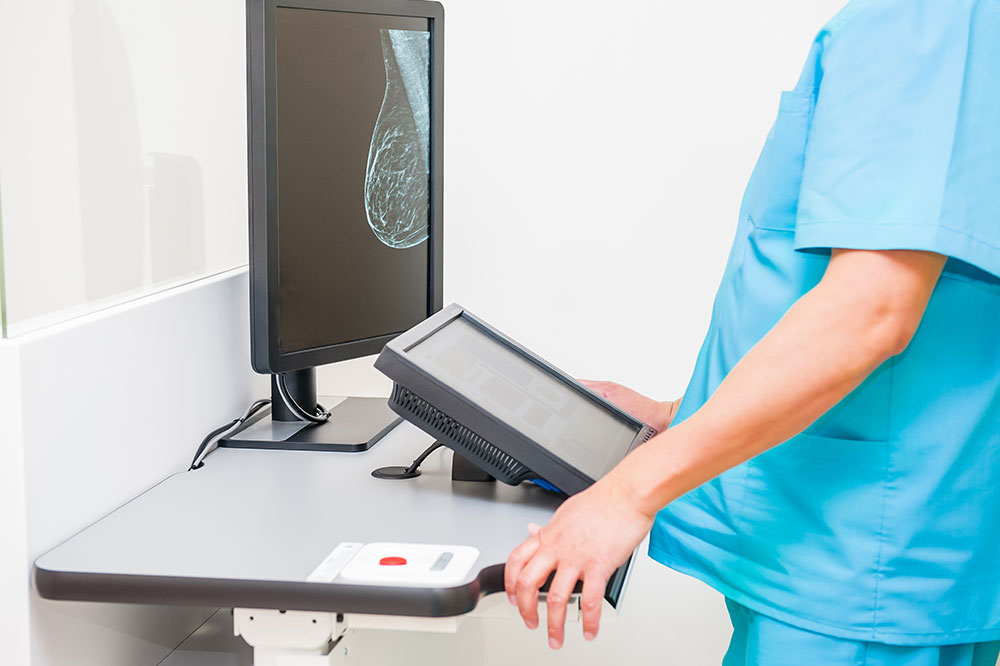Comprehensive Guide to Lung Cancer Screening and Diagnosis
This article offers a detailed overview of lung cancer testing methods, including imaging techniques and invasive procedures. It emphasizes the importance of early detection for effective treatment, describing common diagnostic tools used in clinical practice. The guide helps patients understand the process of confirming lung cancer and assessing its spread, essential for prognosis and planning. Clear insights into various tests like X-ray, CT scan, biopsy, and spread evaluation procedures are provided for better awareness.

Understanding Lung Cancer Testing and Diagnostic Procedures
Detecting lung cancer involves a series of diagnostic methods, beginning with imaging techniques to locate tumors, followed by invasive tests for confirmation. Usually, diagnosis starts with non-invasive imaging like X-rays or CT scans, which help visualize abnormal growths. A biopsy may be necessary to analyze tissue samples and definitively identify cancer. Diagnostic options include sputum analysis, thoracentesis, needle biopsies, and bronchoscopy. To assess spread, tests such as ultrasound, mediastinoscopy, and thoracoscopy are employed. Early and accurate detection is crucial for effective treatment planning.
Imaging Tests: X-ray, CT, MRI, PET scan, Bone scan
Confirmation Tests: Sputum cytology, Biopsies, Bronchoscopy
Spread Assessment: Ultrasound, Mediastinoscopy, Thoracoscopy
Understanding these diagnostic procedures ensures timely lung cancer detection, leading to better management and outcomes.









